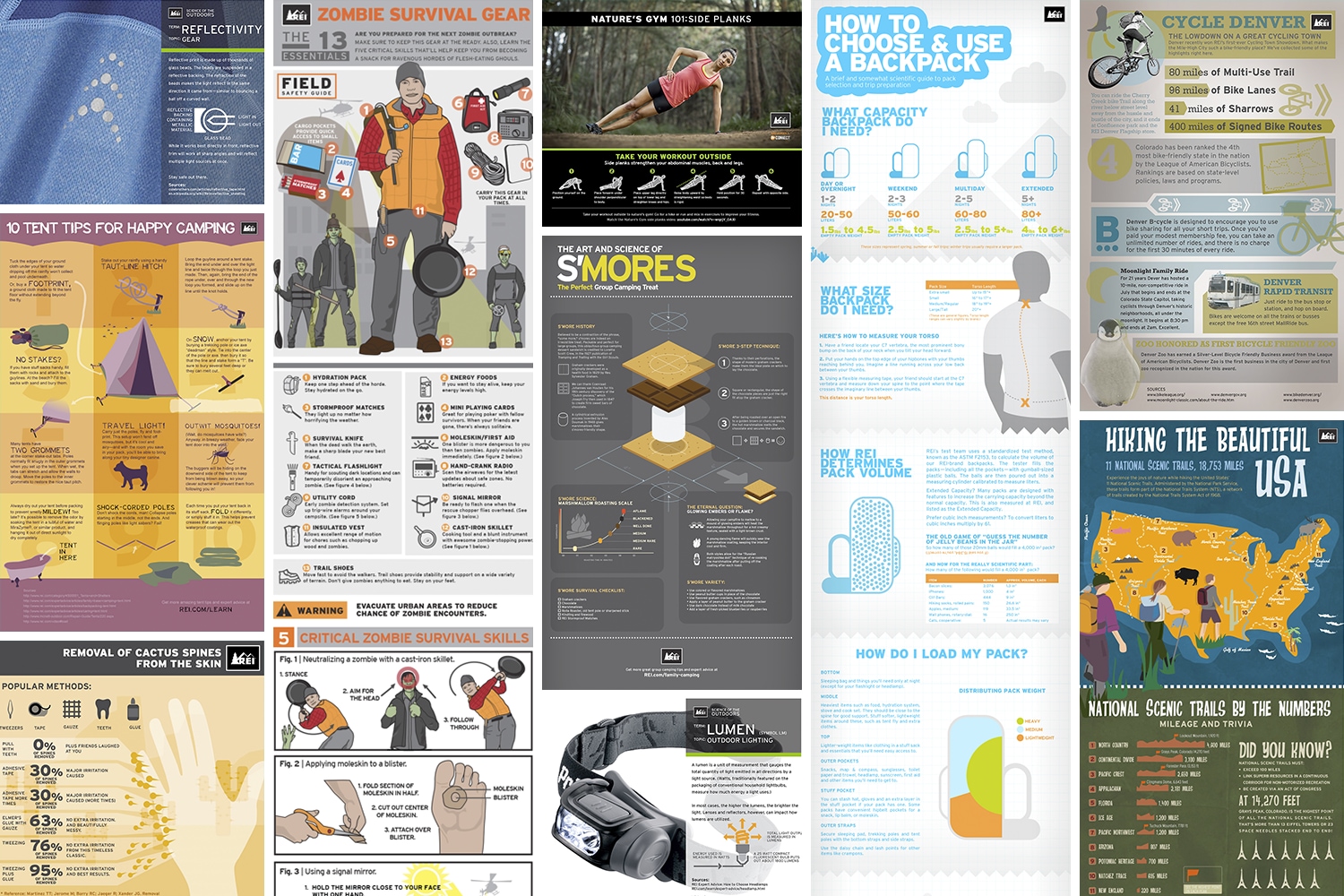A Quick Course In Making Money Selling Camping Tents Online
A Quick Course In Making Money Selling Camping Tents Online
Blog Article
Does Your Backpacking Camping Tent Need an Impact?
An impact is pricey and includes added weight to your knapsack. It additionally isn't particularly resilient.
Who coined the term glamping?
Eventually, whether an outdoor tents impact is needed relies on where and just how usually you're camping. As a whole, it's an excellent concept to make use of one if you camp on rough surface areas or in damp problems.
Camping Tents with Lower Deniers and Waterproof Ratings
Outdoors tents with reduced deniers and water-proof rankings have a tendency to be lighter, however they can likewise be a lot more delicate. They may need more frequent repairs and have much less indoor room than harder designs. If you're a laid-back backpacker who suches as to take a trip rapid and light, this may be fine; nevertheless, more experienced hikers recognize that giving up longevity can feature large consequences down the route.
The denier and water-proof score of a camping tent's canopy, rainfly, and flooring can aid you identify its livability. Search for higher-denier fabrics on the canopy and rainfly, along with taped joints that assist avoid water from seeping through stitches. Some suppliers also utilize heat and sealer throughout building to create a stronger joint; these are called bonded seams.
The livability of a tent can additionally be established by its flooring dimensions and capacity. An outdoor tents's floor ought to be somewhat smaller than the impact to avoid water from pooling under the sanctuary.
Camping Tents in Rough Terrain
Many backpacking outdoors tents consist of a footprint designed especially for their design, which helps ensure a correct fit and secures the tent's base from dampness and sharp objects. Various other makers offer universal impacts that can be cut or folded up to match a camping tent's dimensions.
The sort of surface you'll encounter is an additional crucial consideration for picking a camping tent. For instance, if you'll be camping in a canyon or gully, seek a shelter that can take care of strong winds. These conditions produce turbulence that can make the distinction between enjoying your camping area or experiencing pain.
The capability and peak elevation of a tent offer you a great idea of its livability, however additional variables to think about include vestibules (the area of the rainfly covering the doors) and overall storage room. For instance, throughout our winter season testing of the Marmot Tungsten, its charitable 93-by-82-inch flooring quickly took care of four perspiring backpackers and their puffier shoulder season resting bags while still leaving adequate room for equipment and people.
Camping Tents in Wet Issues
Even if your tent shows up dry, wetness prowls in the nooks and crannies. With time, it can break down the textile. That's why it's so important to capitalize on rest days to deep-clean your outdoor tents and its components, such as zipper linings, risk loopholes and flexible webbing bands.
Likewise, make sure to pitch your outdoor tents in a flat location, not a divot or concave spot, to make sure that ground water doesn't gather in between the camping tent flooring and footprint or tarpaulin. And if you're using an impact, consider a custom-cut one made for your camping tent's wall tent wood stove layout. It won't accumulate rain the way a common ground cloth or tarp can.
Method establishing and taking down your outdoor tents at home before you took off, to get a feel for just how rapidly and successfully you can do it. Likewise, technique staking out your camping tent in various terrains to see just how easy it is (or isn't) to do in bad weather.
Outdoors Tents in High-Rise Situations
Tents vary in flooring size and livability. For instance, a huge tent with double doors and vestibules like Marmot's Tungsten can take care of four backpackers without needing acrobatics to get in and out or to keep equipment.
The minimum trail weight spec is the most effective spec to compare designs, as it consists of the bare essentials: camping tent body, rainfly and posts. Yet keep in mind that the spec omits outdoor tents stakes, man lines and things sacks.
The majority of backpacking tents can hold up to a light summer season tornado, but some can be swept away by gale-force gusts. Search for a version with solid poles, a raised bathtub-style flooring and joint taping to reduce the chance of water leaking with. Costlier designs also have a tendency to include more powerful materials that can resist the effect of particles and various other forces.
What's the difference between a yurt and a teepee?
